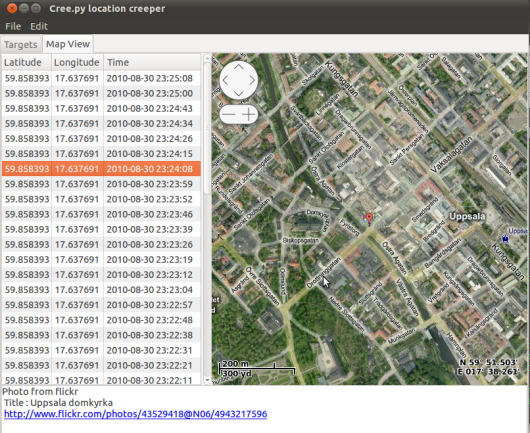There are a number of people out there who are warning us that there needs to be more awareness of how much information we’re disclosing via social networks. Some of them, like the now-shuttered PleaseRobMe.com, were doing it intentionally. Others, like Facebook Breakup Notifier (FBN),
do it by implication. FBN lets users pick certain friends whose relationship status they’d like to monitor. If one of those relationships changes, the user gets notified by e-mail. Every tweet, update, video and blog post is a micro-chapter of your public profile that anyone can access. Although the information that is created is for friends, family and colleagues,
people seem to rely on the scale of the internet to keep them anonymous without realizing that the information they post is also available to people with less virtuous interests. According to a study reported in The Telegraph, 36% of users who responded to a survey do not limit access to their social media profiles.
The latest tool for would-be stalkers is the aptly-named “Creepy.” Its creator describes it as a ‘geolocation information aggregator.’ Creepy is an application for Linux or Windows —
with a Mac OS X port in the works — that gathers public information on a selected individual via social networking services to map their travel patterns. Right now it only works through Twitter and Flickr, but it’s already pretty impressive. Creepy uses the services’ APIs to download every photo or tweet the target user has ever published, analyzing each for the user’s location at the time. Although Twitter’s geolocation setting is optional, images shared via sites like Twitpic and Yfrog are usually taken using a smartphone – which, usually unbeknownst to the user, records the location information in the EXIF data of the image. Creepy finds these photos,
downloads them, and extracts the location data.
The end result looks something like this:

With a map icon appearing for each location listed. Given that people spend the majority of their time at work/school or at home, Creepy discloses a frequent Tweeter/cell phone camera user-Flickr poster’s travel patterns.
According to the same article in The Telegraph, a survey of reformed burglars determined that 12% would use websites like Facebook and Twitter to find out when their potential victim is out of the house, and that was before they had the aid of something like Creepy.
According to the Creepy FAQ, “I don’t think that the fact that your geolocation information can be gathered and aggregated is disturbing. The fact that you were publishing it in the first place, is, on the other hand. Just to be clear, the intention behind creating creepy was not to help stalkers or promote/endorse stalking. It was to show exactly how easy it is to aggregate geolocation information and make you think twice next time you opt-in for geolocation features in twitter, or hitting ‘allow’ in the ‘this application wants to use your current location dialog on your iphone.”
To quote Helen Popkin, “Honestly, the way some of you people behave online, it’s like you’ve never had a stalker.”
 Internet & Social Media Law Blog
Internet & Social Media Law Blog


